Ashigaru Museum (Low-rank Samurai Houses)
A glimpse into the life of a low-ranking samurai
At the Kanazawa City Ashigaru Museum (Low-rank Samurai Houses) , feudal-era Japan comes to life once more.
In the feudal era, the size and design of homes were determined by a family’s class and rank. Many houses visible in Nagamachi—with their earthen walls lining the streets, private entrance gates, and gardens just beyond—were the residences of middle-ranking samurai. Those of lower rank, on the other hand, had houses surrounded by hedges, which also enclosed gardens. Visitors can see such a structure in the Kanazawa City Ashigaru Museum (Low-rank Samurai Houses).
Preserved at this museum are two of the oldest surviving examples of ashigaru housing. Ashigaru were foot soldiers in feudal Japan. During the Sengoku (“Warring States”) and the Momoyama periods from approximately 1467 to 1600, they made up battalions of archers and gunmen; but in the Kaga domain (feudal-era Ishikawa centered on Kanazawa) during the Edo period (1603–1867), they were designated the lowest rank of the samurai class.
Displayed in the museum are the Takanishi Family House and the Shimizu Family House, two ashigaru residences. Visitors can walk through these historical homes to learn more about ashigaru housing, life, and society.
Takanishi Family House
In the Edo period (1603–1867), ashigaru (foot soldiers, the lowest rank of samurai) often lived in continuous rows of tenement housing called nagaya (literally “longhouses”). In the prosperous Kaga domain (feudal-era Ishikawa centered on Kanazawa), however, ashigaru were allotted detached houses with gardens. This unusual incentive, along with Kaga’s economic opportunities, is thought to have made the domain attractive to ashigaru. The Takanishi Family House, along with the Shimizu Family House next door, is one of the oldest remaining detached houses for ashigaru in Kanazawa. Descendants of the original ashigaru owners lived in the house until 1994, when it was dismantled and moved here to become part of the Kanazawa City Ashigaru Museum. Previously, the residence was located in the district designated for “fast feet” (hikyaku). Hikyaku were couriers known for their speed and unique running style; they delivered anything from correspondence and goods to money orders. In the relatively peaceful Edo period, hiyaku was the primary occupation of many ashigaru.
Inside the Takanishi Family House, visitors can learn more about ashigaru organizations, life, residential areas, and housing. The Shimizu Family House next door introduces everyday life and activities.
Shimizu Family House
During the Edo period (1603–1867), ashigaru (foot soldiers) typically lived in long ranges of tenement housing called nagaya. They had little choice but to endure cramped living conditions. When compared to this standard that existed throughout the country, however, ashigaru in the Kaga domain (feudal-era Ishikawa centered on Kanazawa) enjoyed more comfortable quarters: each family was given a completely detached house with its own garden.
The Shimizu Family House, like the Takanishi Family House next door, is one of the oldest remaining ashigaru houses in Kanazawa. It was moved to this location in the 1990s to become a part of the Kanazawa City Ashigaru Museum. Until it was moved, descendants of the original ashigaru owners continued to live there. Its previous location was in the residential district assigned to ashigaru that served as “fast feet” (hikyaku). Hikyaku were couriers known for their speed and unique running style.
The Shimizu Family House is an excellent example of ashigaru houses of the time. Visitors can experience something of the life of these foot soldiers by walking through the rooms of the house. The interior is divided into a guest reception area comprising of an entryway (genkan) with an entrance hall (genkan no ma), and a formal reception room (zashiki), and private areas reserved for family use. These were the kitchen (nagashi), living room (cha no ma, literally “tea room”), and sleeping room/work room (nando and kagi no ma).
More information on ashigaru life and residences is on display next door, in the Takanishi Family House.
Information
- Address
- 1-9-3 Naga-machi, Kanazawa, Ishikawa
- Price
- Free
- Business Hours
- 9:30–17:00
- Regular Holidays
- Open 365 days a year
- By Public Transportation
- About 5 minutes by foot from the Korinbo bus stop on the KANAZAWA LOOP BUS route
- Parking
- None


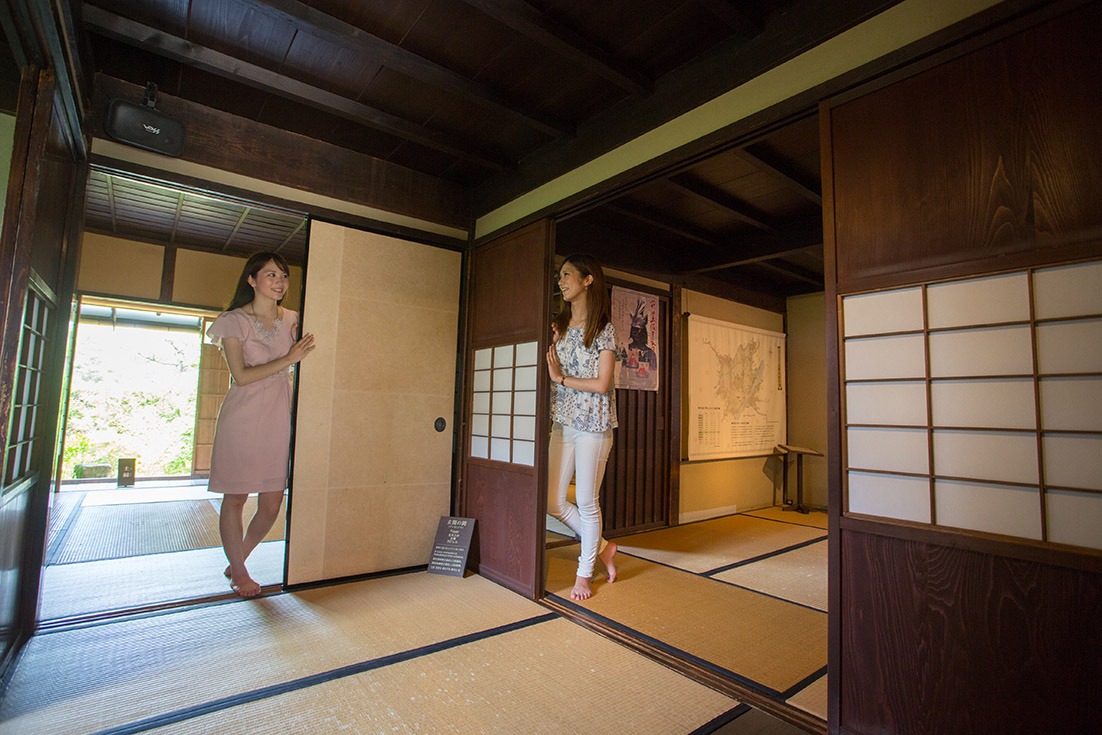









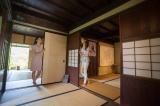


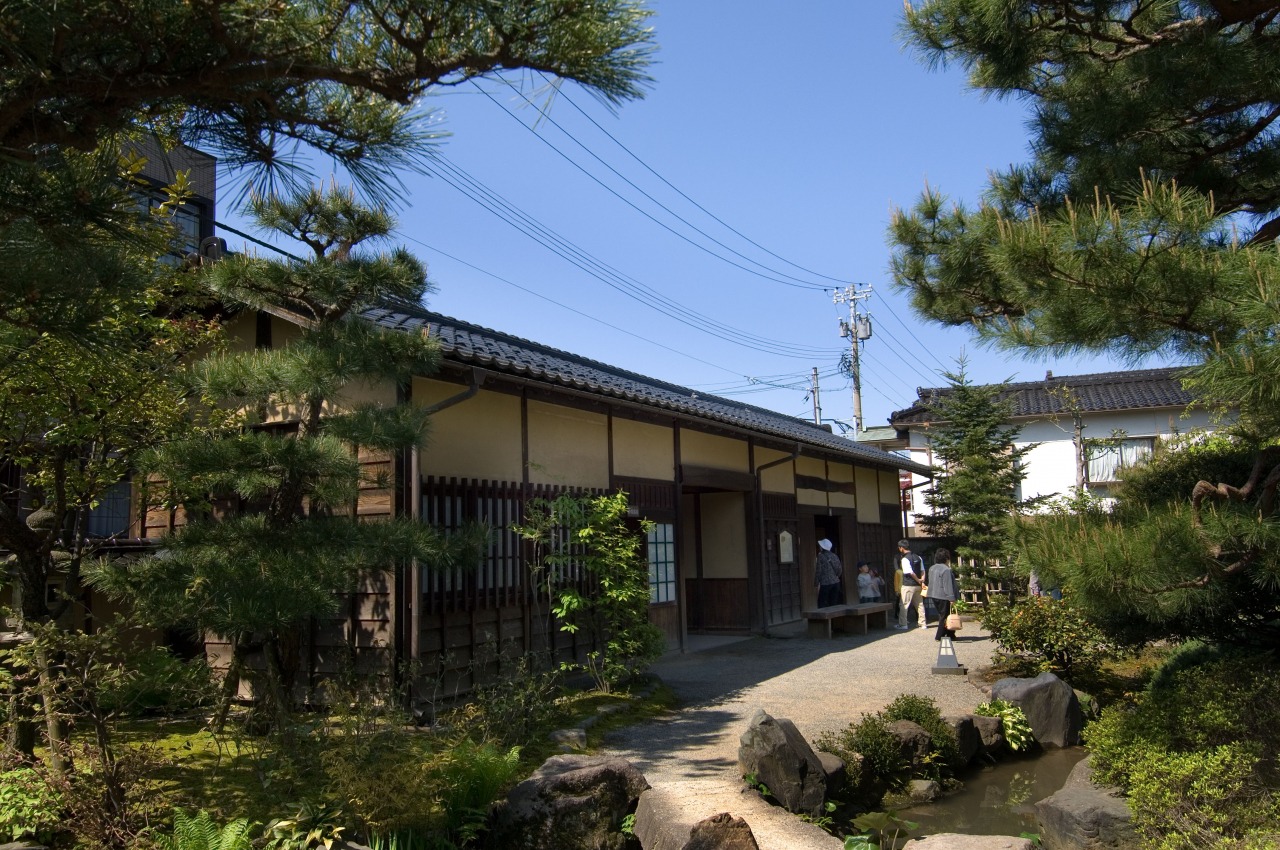
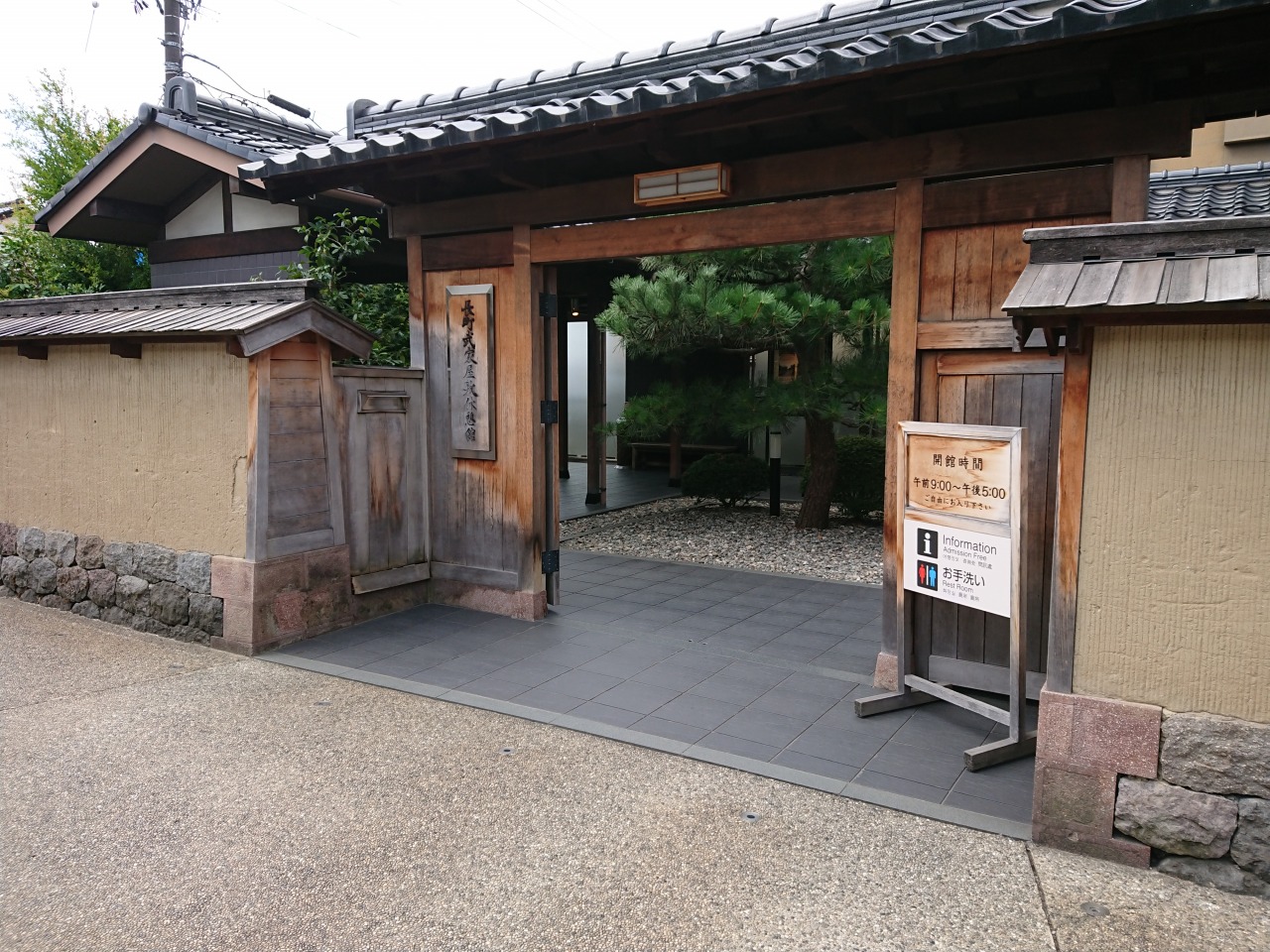











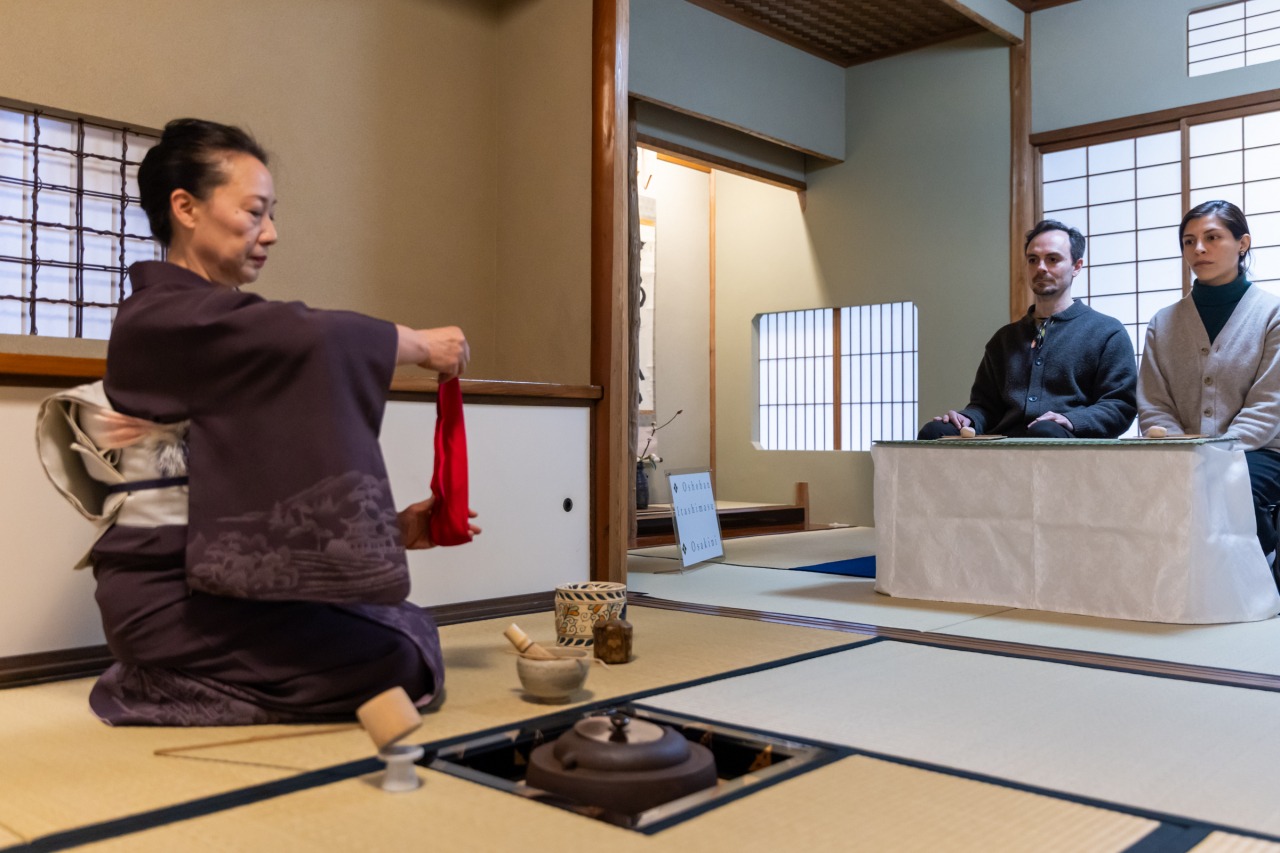




![Incredibly fun art of “mizuhiki”! [Making an envelope]](/lsc/upfile/plan/0000/0548/548_2_l.jpg)
![Incredibly fun art of “mizuhiki”! [making a Message Card]](/lsc/upfile/plan/0000/0547/547_2_l.jpg)



